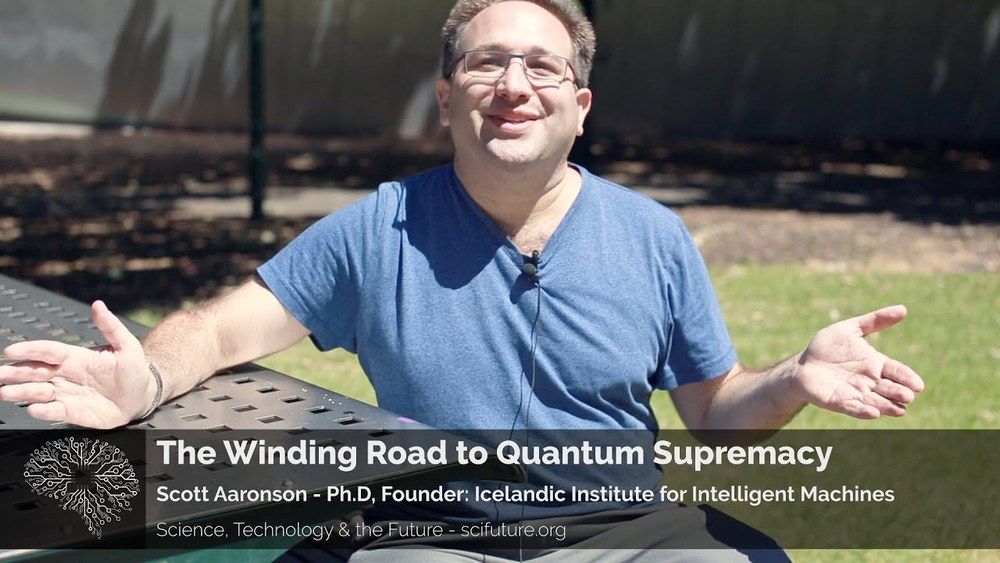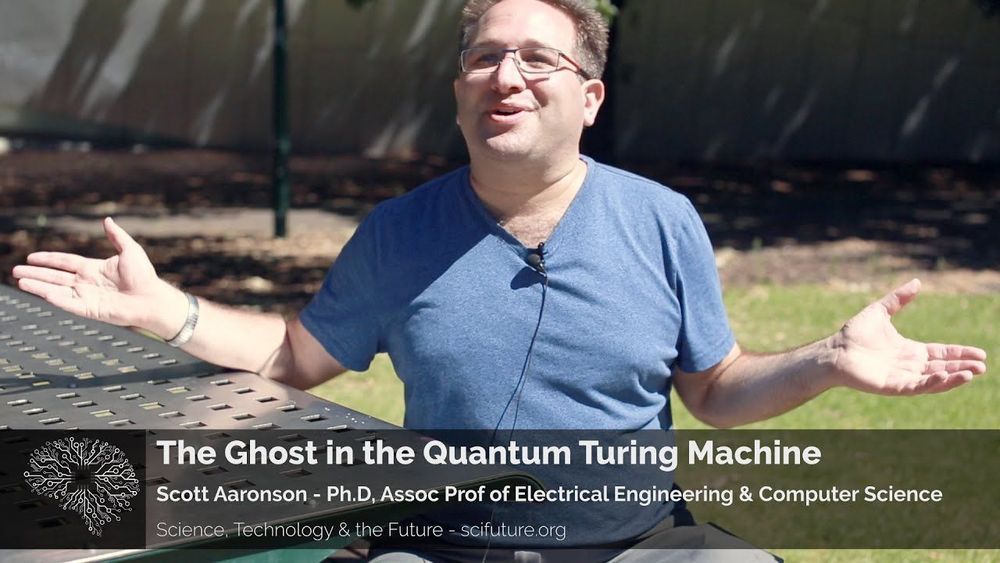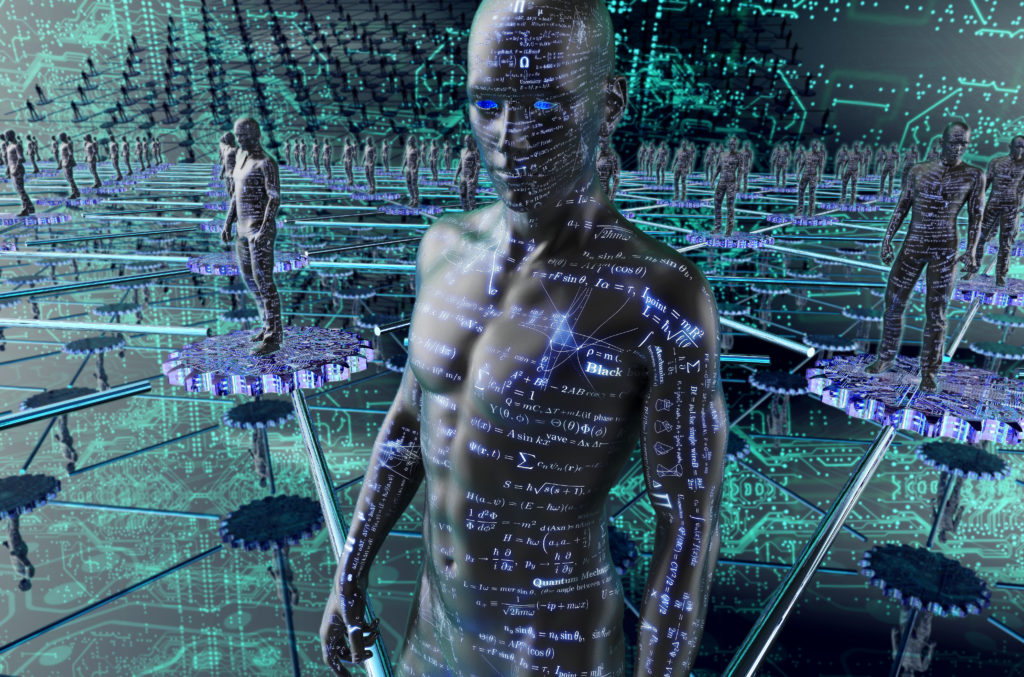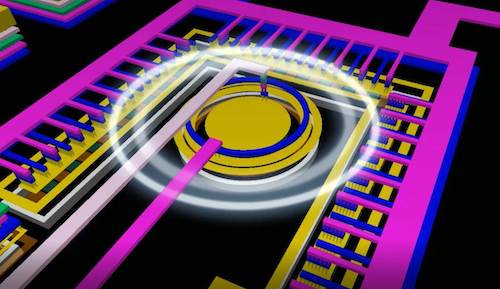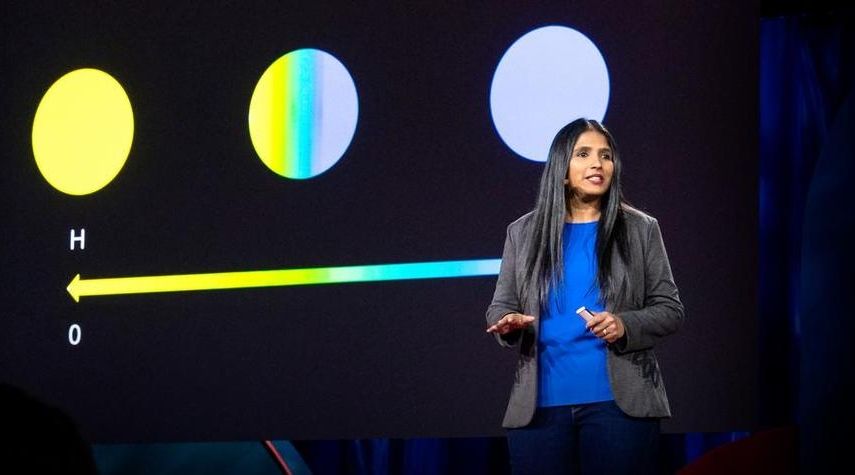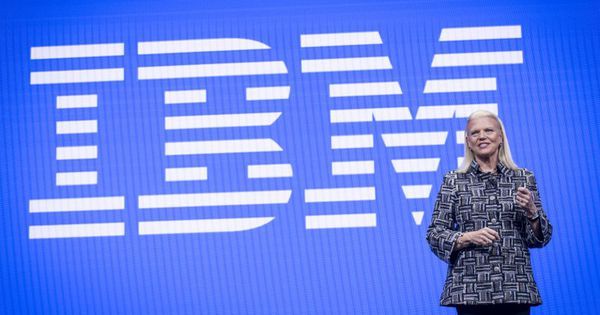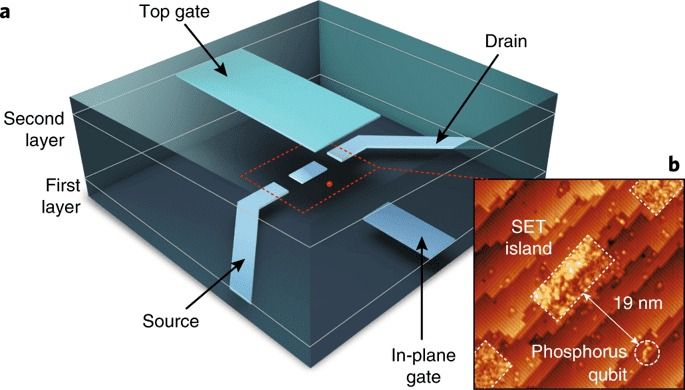Jan 19, 2019
Scott Aaronson — The Winding Road to Quantum Supremacy
Posted by Adam Ford in categories: computing, existential risks, neuroscience, quantum physics
This was the first part in an interview series with Scott Aaronson — this one is on quantum computing — other segments are on Existential Risk, consciousness (including Scott’s thoughts on IIT) and thoughts on whether the universe is discrete or continuous.
First part in an interview series with Scott Aaronson — this one is on quantum computing — future segments will be on Existential Risk, consciousness (including Scott’s thoughts on IIT) and thoughts on whether the universe is discrete or continuous.
Continue reading “Scott Aaronson — The Winding Road to Quantum Supremacy” »
